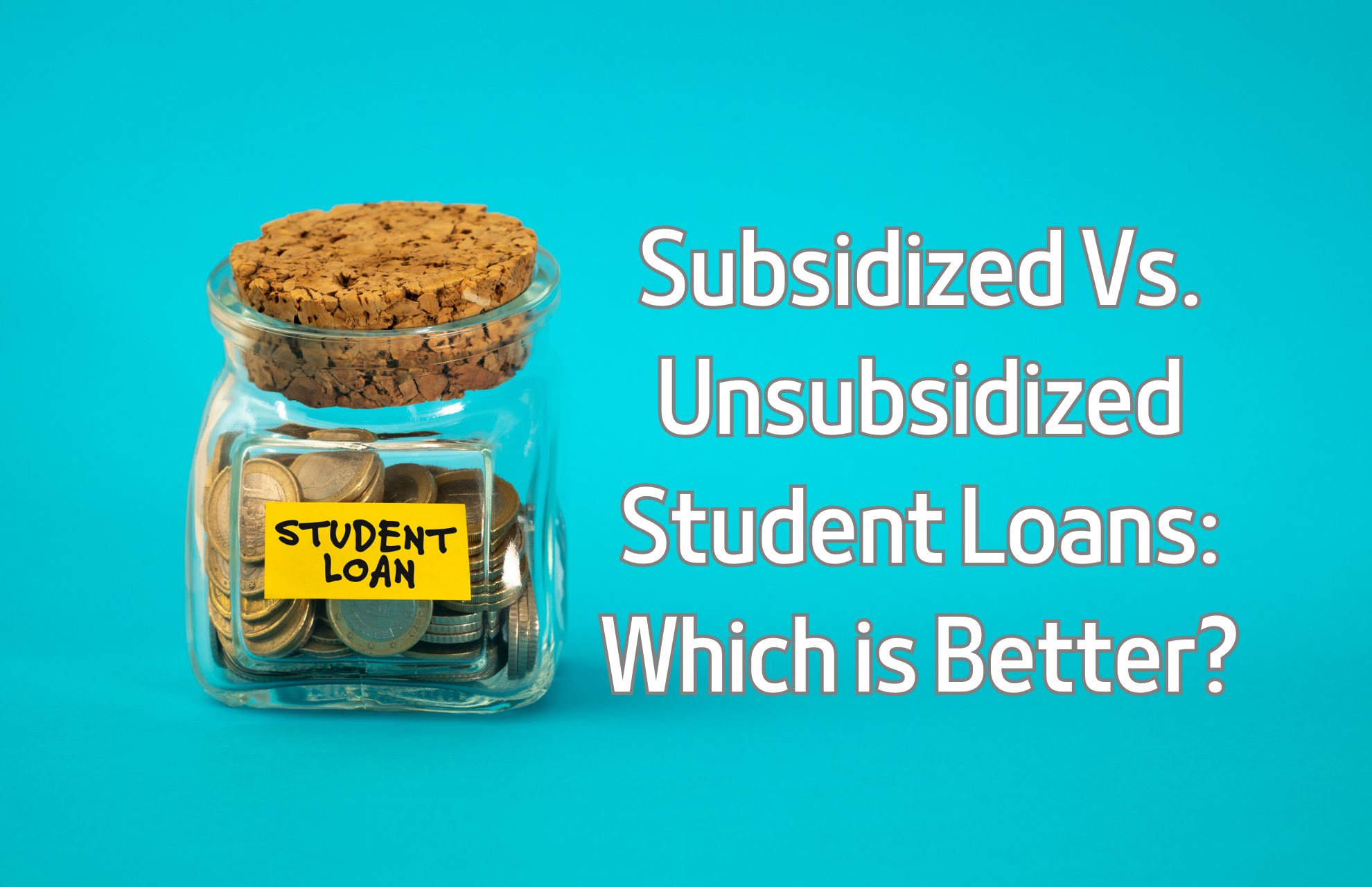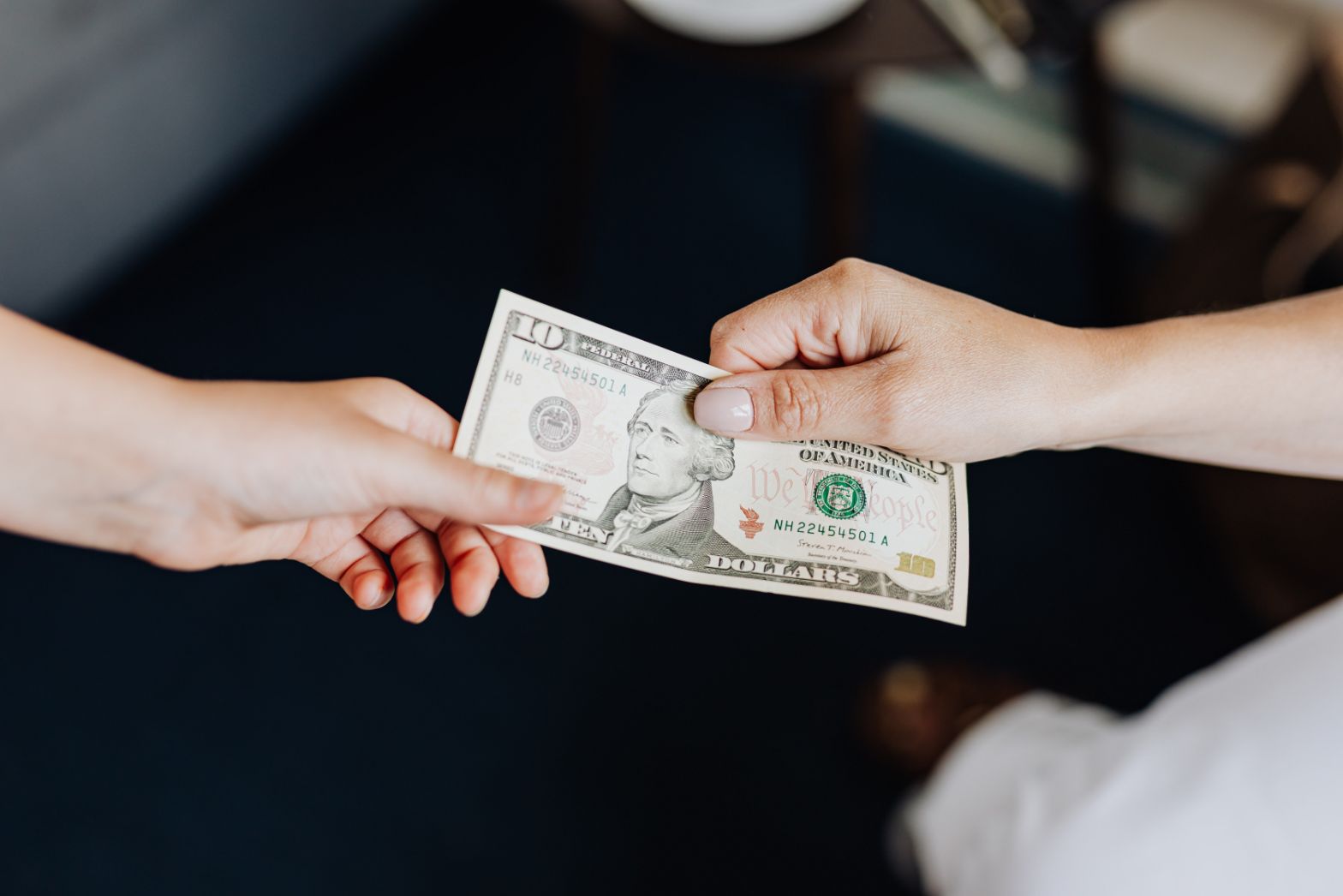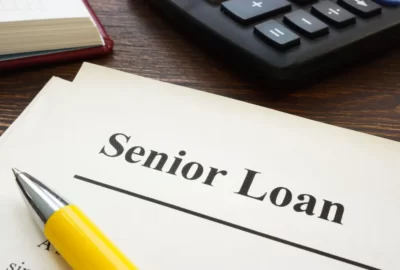Subsidized Vs. Unsubsidized Student Loans: Which is Better?
Every time you take on debt to pay for school, it is essential to comprehend the distinctions between subsidized and unsubsidized loans.
Subsidized and unsubsidized student loans are the two main types of debt offered by the federal Direct loan program. How do subsidized and unsubsidized student loans differ from one another? What makes a difference is who is responsible for the interest that starts to accumulate on the loan as soon as you receive the funds.
Undergraduates who can prove they have a need for financial assistance through their FAFSA are eligible for subsidized loans. Anyone enrolled at least half-time in school, whether they are an undergraduate, graduate, or professional student, is eligible for unsubsidized loans. Here is a comparison of them.
What is a Subsidized Loan?
An example of a federal student loan is a subsidized loan. With a subsidized direct loan, the bank, or the government (for Federal Direct Subsidized Loans, also known as Subsidized Stafford Loans) is paying the interest for you while you’re in school (a minimum of half time), during your post-graduation grace period, and if you need a loan deferment.
You’re effectively getting your responsibility to pay that interest back “waived” with a subsidized loan during those time periods. The government stops paying interest once you begin making payments, and the amount you must repay includes both the original loan balance and interest that has accrued since then.
What is An Unsubsidized Loan?
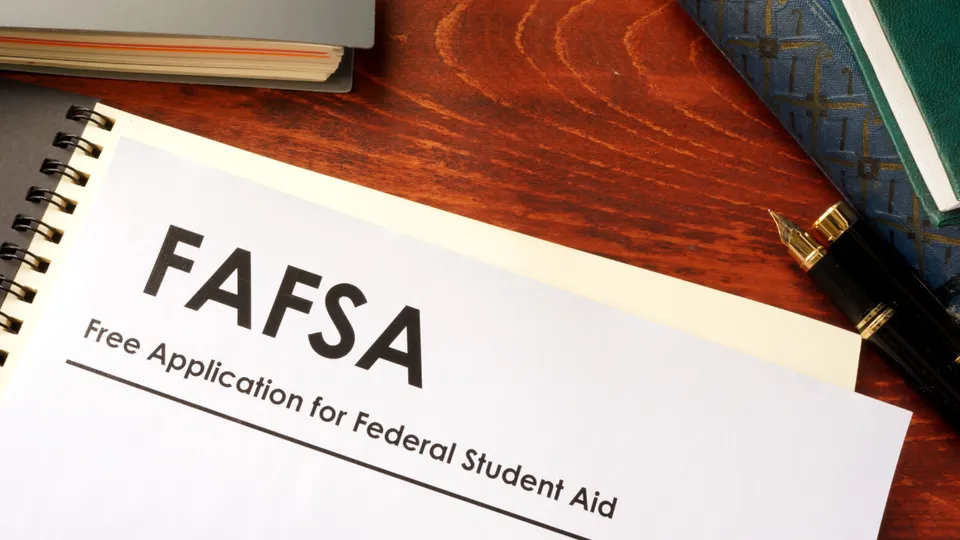
Unsubsidized loans are yet another category of federal loans. When you take out a federal unsubsidized loan, you are in charge of paying the interest as soon as the funds are transferred into your account. You are entirely responsible for the interest; there is no assistance.
When you begin repaying your unsubsidized student loans, you are paying on both the principal balance and interest that has accumulated since the loan was disbursed to you. Of course, this can result in additional repayments totaling thousands of dollars over the course of the loan.
You can check out more information we have on student loans:
- Subsidized Vs. Unsubsidized Student Loans: Which is Better?
- Is a Student Loan Secured Or Unsecured? Explained
- How is a Student Loan Different from a Scholarship?
- What Increases Your Total Loan Balance?
Who Qualifies for Federal Student Loans?
Federal direct student loans that are subsidized and unsubsidized are available to borrowers who meet the following requirements:
- Enrollment at least half-time at a school that participates in the Federal Direct Loan Program
- U.S. citizenship or eligible non-citizenship
- Possession of a valid Social Security number (SSN) Satisfactory academic progress
- Possession of a high school diploma or the equivalent
- No default on any existing federal loans2
Only undergraduate students who can show a need for money can apply for direct subsidized loans. Direct unsubsidized loans are available to undergraduate and graduate students alike, and there is no requirement for financial need.
If you meet the requirements for a subsidized loan, the government will pay your interest while you’re enrolled at least half-time and will continue to do so for a further six months after you graduate. Additionally, during a deferment period, the government will pay your loan.
How Much Can You Borrow in Subsidized and Unsubsidized Loans?
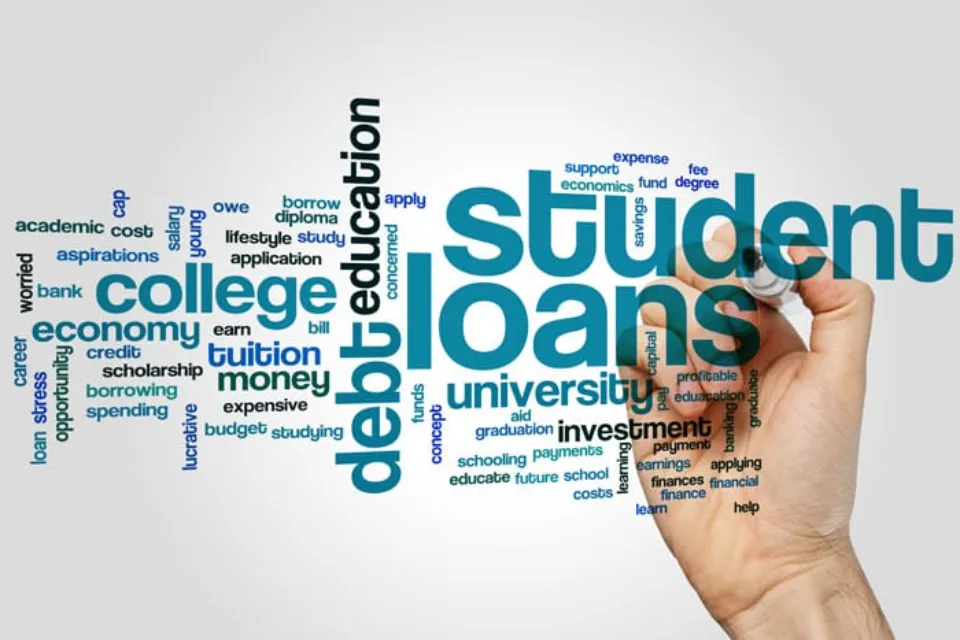
Your academic year and whether you are financially independent of your parents determine how much you are eligible to borrow. A series of questions on the FAFSA determine that.
The annual loan limits for direct subsidized and unsubsidized loans are both quite small. On the other hand, PLUS loans and many private student loans allow you to borrow up to the total cost of the school, less any other financial aid you have received. This total cost includes tuition, fees, room, board, books, transportation, and other expenses.
You can borrow more money in unsubsidized loans if you’re an independent student or an undergraduate dependent whose parents didn’t pass the credit check necessary to qualify for PLUS loans.
If you or your parent have debts totaling more than $2,000 that are at least 90 days past due, or if you have had a bankruptcy, a foreclosure, or certain other negative marks on your credit report within the last five years, you or your parent won’t pass the PLUS loan credit check.
However, you might still be able to qualify for a PLUS loan by using a reliable co-signer or by convincing the US of the reasons behind your credit issues. Educators’ Department.
How Do You Pay Back Unsubsidized and Subsidized Student Loans?
There are various options for repaying federal student loans. Direct loans, both subsidized and unsubsidized, are eligible for all federal repayment plans, though some income-driven repayment plans may have additional requirements.
You will be put on the 10-year standard repayment plan, which divides your balance into 120 monthly payments unless you opt for another option during your required exit counseling session. Your other repayment options include:
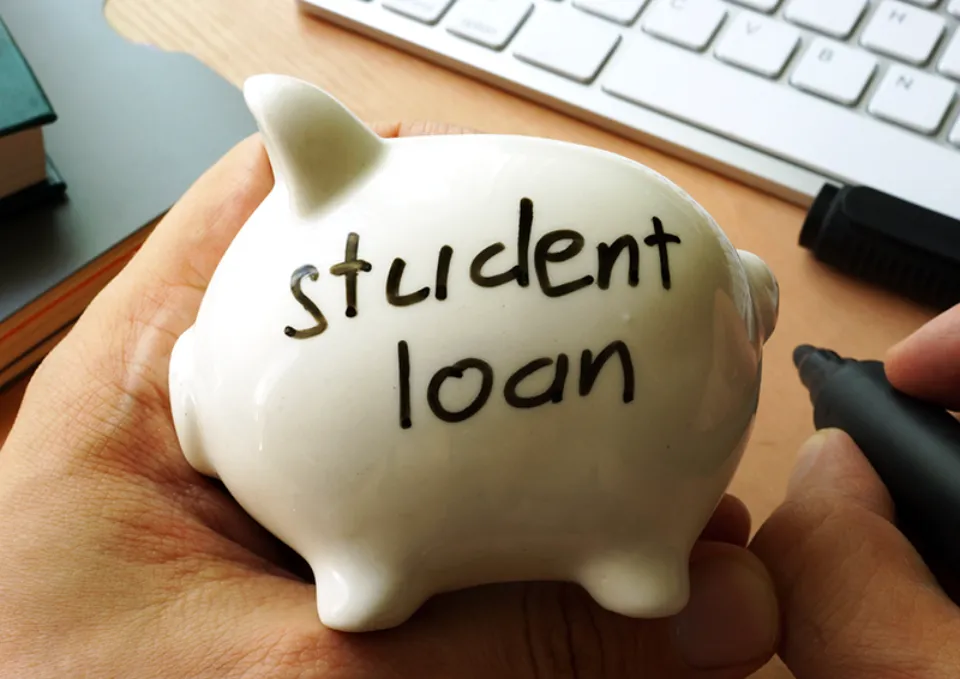
- Graduated repayment. Initially, you’ll pay less, and payments will then gradually rise. The 10-year plan is in place.
- repayment based on salary. The four main repayment strategies are Pay As You Earn (PAYE), Income-Based Repayment, Income-Contingent Repayment, and Revised Pay As You Earn (REPAYE). The best choice will depend on your specific situation, so seek advice from your student loan servicer, which is the organization in charge of handling your repayments. Depending on the plan, you’ll pay back the debt over the course of 20 or 25 years, and if there is still money owing at the end of the repayment period, it will be forgiven.
- Extended repayment. Over the course of 25 years, you’ll make fixed or graduated monthly payments. This is not the best choice because you will end up paying a lot in interest and losing the advantage of forgiveness.
To request a deferment or forbearance for up to 36 months if you need to pause payments, get in touch with your servicer. This is the less expensive option if you have loans that are subsidized and are eligible for deferment.
However, both programs will give you time to temporarily pay other bills. Income-driven repayment makes more sense when there is a longer period of financial difficulty.
How to Get Subsidized and Unsubsidized Federal Loans?
Submitting the FAFSA is the first step to receiving subsidized and unsubsidized federal loans. Make a note of upcoming FAFSA deadlines on your calendar and try to apply early because funds are limited and are given out on a first-come, first-served basis.
Your expected family contribution (EFC) and the tuition at your school is used to calculate your aid package. You’ll receive a report outlining your eligibility for federal aid from the Department of Education.
Grants and scholarships should be given priority since they are free funds that you don’t have to pay back. A work-study award may also be given to you, allowing you to work part-time while pursuing your education.
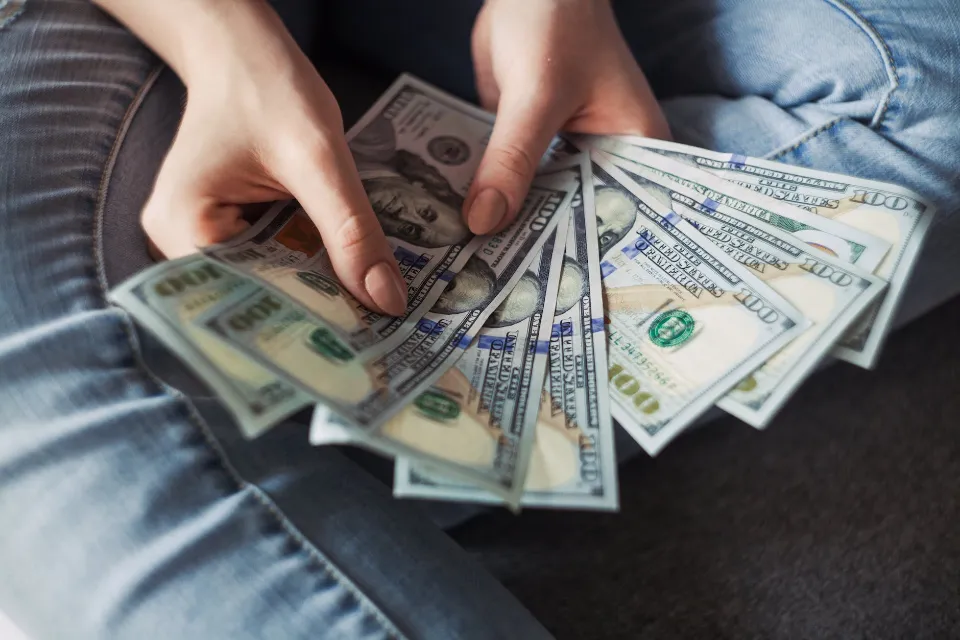
The total amount of federal loans, including subsidized and unsubsidized loans, that you are eligible to borrow will also be included in your aid package. Keep in mind that it’s best to use all of your subsidized funding first because the government pays the interest while you’re enrolled in classes and during the grace period.
Unsubsidized loans, however, typically have lower interest rates and more flexible repayment options than private student loans, making them preferable in general.
Most importantly, don’t feel obligated to borrow the full amount that has been offered to you. When you graduate, your monthly payment will be higher if you borrow more money, so do your best to stay within your means.
Subsidized Vs. Unsubsidized Loans in Repayment: Which Should You Prioritize?
Prior to tackling your subsidized loans, you should make payments on your Direct unsubsidized loans. Unsubsidized loans accrue interest while you’re in school, so unless you make interest-only payments before you graduate, the balance will be higher.
Assume you are a fourth-year independent undergrad who wants to borrow the maximum amount of $5,500 in subsidized loans and $7,000 in unsubsidized loans at 4.99%.
Your balance would increase by $523 if you delay paying back the unsubsidized loan until the end of your grace period. Your Direct Subsidized Loans would still be $5,500 at that point, but you would be required to pay interest on a total of $7,523 at that time.
Finally, the loan with the larger balance, which is probably the unsubsidized loan, should be the main focus of your repayment strategy for student loans. It will be a relief to not have to worry about your unsubsidized debt accruing interest if you decide to go back to school later or if you are eligible for a deferment or forbearance in other ways.
Conclusion: Subsidized Vs. Unsubsidized Student Loans
The federal student loan limits, which apply to both subsidized and unsubsidized loans, as well as the fixed interest rates and fees, are set by the government.
The Department of Education doesn’t take your credit history into account unless you’re applying for a graduate PLUS or parent PLUS loan, even though the rate will vary depending on your status (such as undergraduate versus graduate).
Direct loans can help with college costs, both subsidized and unsubsidized. Keep in mind that all loans must be repaid with interest at some point. Consider carefully how much you will need to borrow as well as the repayment option that will fit your budget the best.
FAQs
Are Subsidized Loans Forgivable?
All federally owned student loans are eligible for forgiveness. If the United States owns any of your Direct Subsidized Loans, Direct Unsubsidized Loans, Direct PLUS Loans, Direct Consolidation Loans, or FFEL Loans, you must repay them. They are all covered by the forgiveness plan of the Department of Education.
What Does It Mean When a Loan is Forgiven?
Loan forgiveness, cancellation, and discharge are the removal of a borrower’s obligation to repay all or a portion of a loan. The term “forgiveness” or “cancellation” is typically used to describe situations where you are no longer required to make loan payments because you worked in the nonprofit or public sector.
How Long Does It Take to Pay Off a Student Loan?
Paying off student loans can take anywhere from 10 to 30 years, depending on the type of loan and repayment term you choose. Even though the Standard Repayment Plan for federal loans has a 10-year duration, the majority of borrowers take longer to complete their balance payments.

